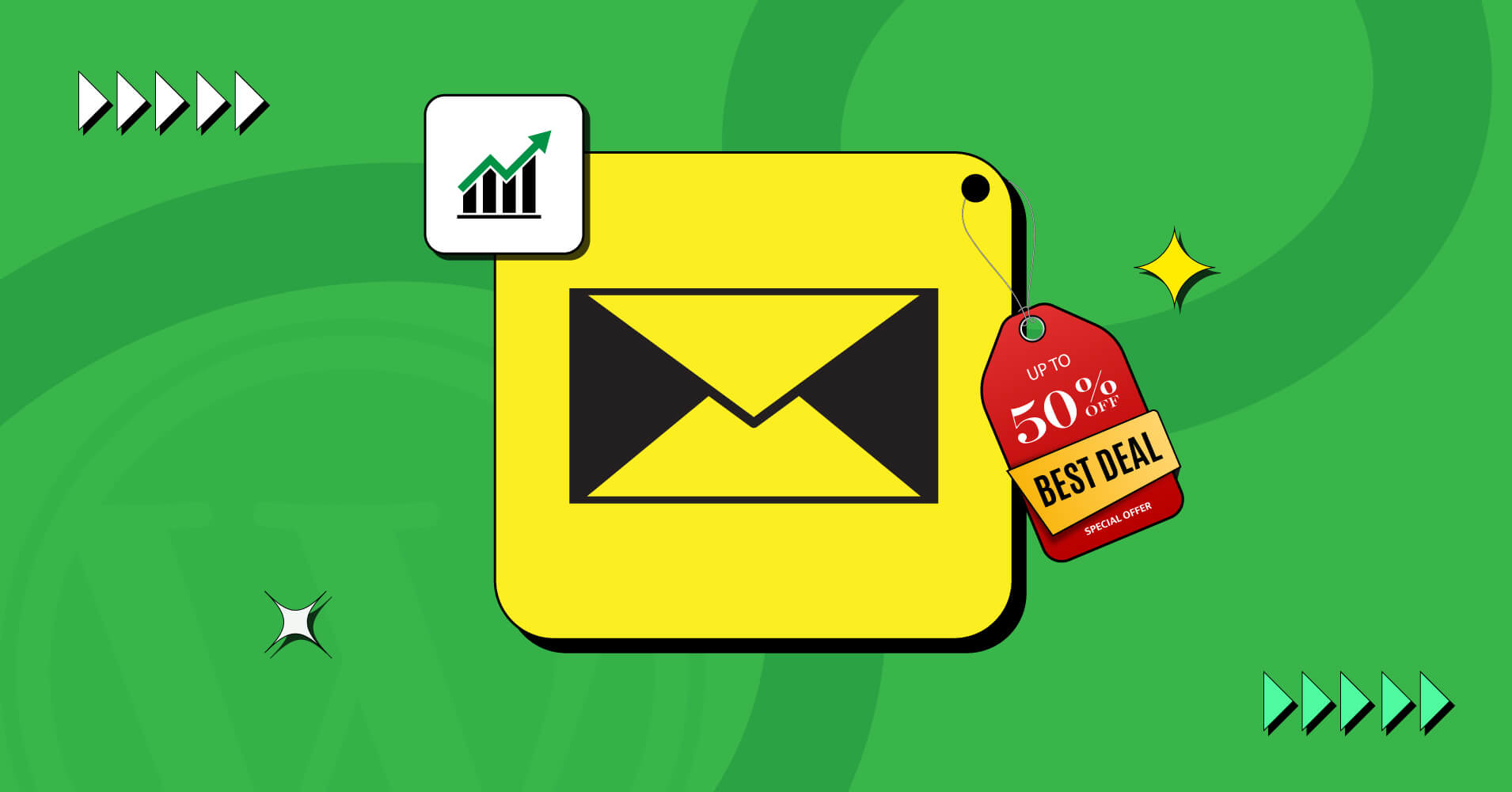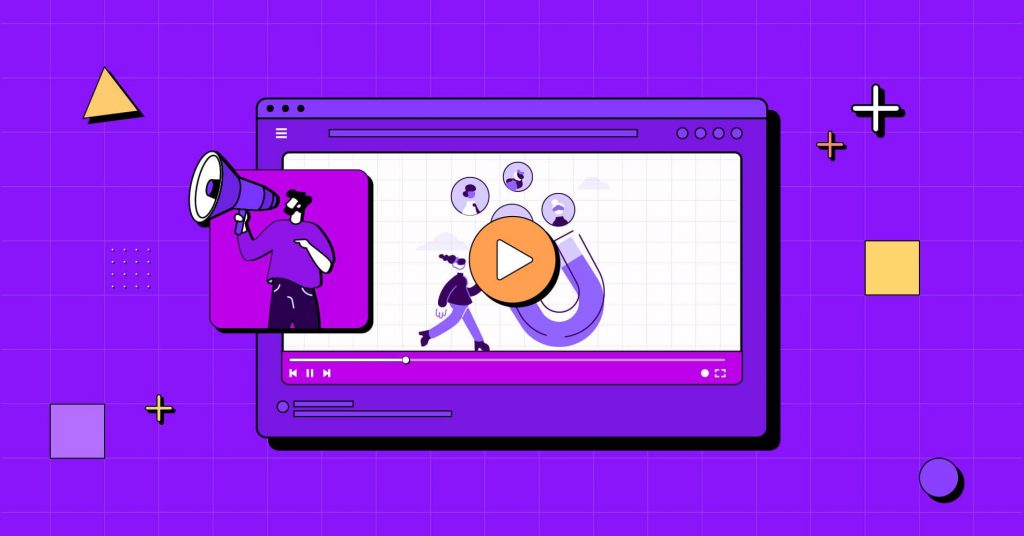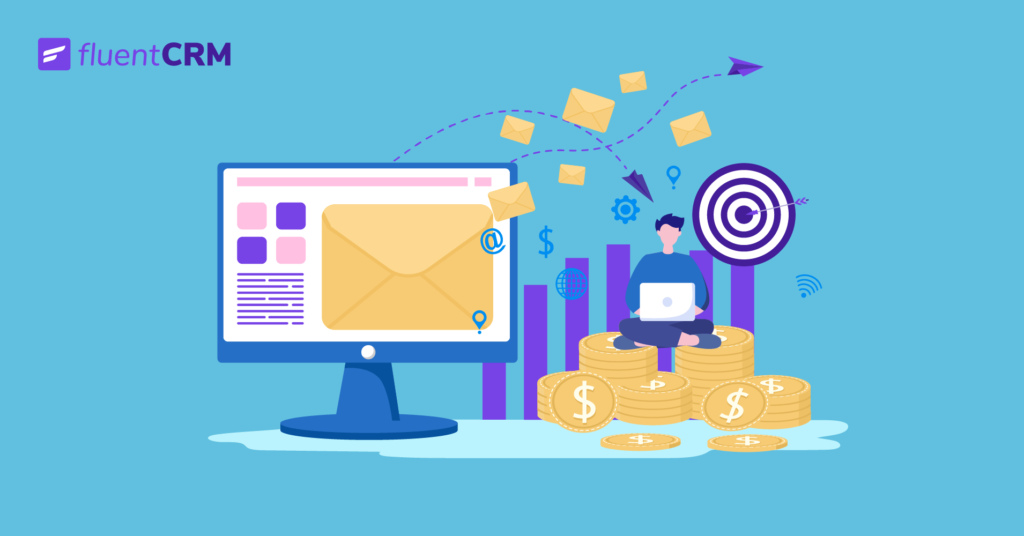
7+ Post Purchase Email Examples and Automation Ideas to Drive More Sales
When a buyer makes a purchase, it may appear that you’ve sealed the deal, but it’s only the start of a new cycle! Immediately after they complete the purchase, a new phase of your relationship begins, and the outcome of this relationship will depend on how well you communicate with them!
Now that you have their attention and have made a good sale, it is time to take the connection to the next level. And generic after-sales emails alone will not suffice. So, how can you leverage the post-purchase emails to your and your buyer’s advantage?
Well, that’s what this piece is all about. In this piece, we’ll give you the whole idea of post-purchase emails, their importance, examples, and how automating these emails can have a huge impact on their effectiveness.
Let’s start!
What are Post-Purchase Emails?
Post-purchase emails are a series of automated emails that are sent after a customer makes a purchase. These emails serve several purposes such as— confirming buyers’ purchases, sending shipping information, asking for reviews from your buyers, etc.
These emails are usually automated and set to get triggered by specific actions or events, such as the completion of an online purchase, the delivery of a product, or a certain period after the purchase. When it comes to post-purchase emails, there are several different varieties. Which style you choose will be determined by the nature of your business and the relationship you have with your customers. The most common sorts of post-purchase emails are as follows –
- Order confirmation email
- Shipping notification email
- Thank you email
- Delivery confirmation email
- How-to email
- Review request email
- Replenishment email
- Cross-sell & upsell emails
- Win back emails
Importance of Sending Post-Purchase Email
As human beings, we seek reassurance, more so when we order something online. Post-purchase emails serve this very purpose– they assure your customers that the purchase was successfully made and will soon be by their doorway.
If used correctly, post-purchase emails can do so much more than just the confirmation email. For example, it can be a simple thank you email, a replenishment email, or even a win-back email to reacquire lost customers. These are just the tip of the supermassive iceberg of post-purchase emails. Post-purchase emails help you:
- Enhance customer satisfaction by addressing their concerns
- Build and strengthen everlasting customer-business relationships
- Foster trust, loyalty, and long-term customer engagement
- Increase customer retention and minimize customer churn
- Provide upselling and cross-selling opportunities
- Gather valuable feedback for product improvement
- Reinforce brand identity and values
- Drive positive word-of-mouth referrals
- Maximize the lifetime value of a customer
- Establish a competitive advantage in the market
A post-purchase email shows your customers that you value them and are willing to go the extra mile for their convenience. Post-purchase emails build and strengthen the relationship between you and your client, leading to an astounding amount of sales.
Elements of Great Post-Purchase Emails
Great post-purchase emails need to have certain elements that provide relevant information, engage the customers, and finally retain them. The elements may vary from business to business and the specific email, but here are some of the key elements that post-purchase emails should have:
- Automation: Post-purchase emails should be automated, to begin with. Email automation enables you to send specific post-purchase emails to specific customers.
- Greetings and appreciation: The email should begin with a personalized greeting and expresses gratitude towards the customer for their purchase.
- Confirmation: Post-purchase emails should include a confirmation section that clearly provides onboarding confirmation or order confirmation details on the purchased items.
- Contact information: Post-purchase emails should include all the contact information of your company in case your customers have any questions or concerns.
- Review or feedback request: Post-purchase emails can be used to gather valuable insights and enhance the customer experience.
- Cross-sell or upsell: Through post-purchase emails, you can initiate cross-selling or upselling suggestions for related products or upgrades.
- Social sharing and follow buttons: A post-purchase email should include a social sharing and follow button for customers to engage and promote the brand on social media.
- Call-to-actions: Include a clear call-to-action (CTA) to guide customers toward specific actions.
- Unsubscribe button: Provide a seamless offboarding option for customers so they can easily manage their email preferences.
These elements collectively create a comprehensive post-purchase email experience, engaging customers, gathering feedback, promoting additional purchases, and facilitating ongoing customer-business interactions.
Benefits of Automating Post-Purchase Emails
There are numerous advantages that come with email automation, more so when applied to post-purchase email, Here are the key advantages of automating post-purchase emails:
- Saving time and effort: Automating post-purchase emails saves your time by automating email sending based on predefined triggers and workflows
- Consistency: Automation ensures that post-purchase emails are consistently sent to customers without delays and without error, providing a reliable and timely communication experience
- Scalability: With automation, businesses can efficiently handle a large volume of post-purchase emails as their customer base grows, without compromising the quality or speed of communication
- Personalization at scale: Automation enables businesses to personalize post-purchase emails even when dealing with a large customer base, leveraging customer data and segmentation to provide personalization and relevant recommendations in the emails
- Improved efficiency and cost savings: By automating post-purchase emails, businesses can streamline their operations, reduce manual effort, and save costs, leading to improved overall efficiency
- Data-driven insights: A good automation platform can provide excellent analytics and reporting, allowing businesses to gain insights into the effectiveness of their post-purchase email campaigns and make data-driven decisions
In short, automating post-purchase emails saves time, ensures consistency and timeliness, facilitates scalability, enables personalization at scale, improves efficiency, reduces costs, and provides valuable data-driven insights. These factors make email automation a valuable tool for businesses that want to enhance their post-purchase campaigns.
7+ Post-Purchase Email Examples to Get Inspired From
Post-purchase emails serve a range of purposes based on your business goals. Whether it is to make your customers feel valued, gather customer feedback, prompt product replenishment, or cross-sell related items, post-purchase emails can do that for you. Let’s look at some of the most prominent examples of post-purchase emails so you can get inspired and send excellent post-purchase emails yourself!
Order Confirmation Email to Assure Your Customer
Order confirmation emails play a crucial role in customer relations by assuring the customers that their purchase has been successfully received and is under processing. It serves as a confirmation of the transaction, instilling confidence and trust in the customer.
By promptly sending an order confirmation email, the company shows its commitment to its customer service and professionalism. The order confirmation email consists of essential details such as the order number, date, shipping address, and a comprehensive list of the items ordered, along with their quantities and total amount. It reassures the customer that their payment has been securely processed, providing much-needed peace of mind and relieving the buyer’s post-purchase anxiety.
Order confirmation emails can serve multiple purposes to offer extra value to customers. This email from Trainline provides weather information alongside the confirmation for the train ticket—

Here are some trendy and up-to-date best practices for order confirmation emails
Shipping Notification Email to Set Tracking
Shipping notification emails are a valuable communication tool that keeps customers informed about the status of their package. It’s an integral part of the post-purchase email sends.
This email is sent once the order has been packed and handed over to the shipping carrier. Shipping notification emails include important details such as— tracking number, estimated delivery date, and a link to track the shipment in real-time.
Through shipping notification emails, you can demonstrate transparency and provide your customers with a sense of anticipation, knowing that their purchased product is on its way.

Thank You Email to Express Appreciation
A thank you email is a thoughtful gesture that expresses gratitude to customers for their recent purchase or for engaging with the company in some way. It acknowledges the customer’s support and loyalty while reinforcing a positive relationship.
This type of email often includes a personalized message, an appreciation for their business, and sometimes a special offer or discount as a token of thanks.
The thank you email shows that the company values its customers and aims to maintain a lasting connection with them. It also presents the ground to further discuss your brand, elaborate on the unique qualities of your product compared to competitors, and reassure shoppers that they have made a wise decision.

Delivery Confirmation Email to Ensure Order Completion
Delivery confirmation emails are sent to customers once their order has been successfully delivered to their specified address. It serves as proof that the package has reached its destination and provides a final touchpoint in the customer’s buying journey.
The email typically includes the delivery date, time, and any additional instructions or signatures required. Delivery confirmation email ensures that the customer has received their order and can address any concerns if it arises.
Kevin Marvinac, the VP of the partnership of ShipBob, has an important point to add!
“Don’t spend any time or money sending customers somewhere other than your website.”
Kevin Marvinac
So, it’s always in your best interest to send your customers back to your website to provoke additional sales. Like in this email from Chewy—

How-to Email to Provide Guidance
One of the reasons for increased product returns is customers not knowing how to use the product. If you offer anything that requires some know-how to get the most use out of it, it’s best practice to follow up with a how-to post-purchase email.
A how-to email is a valuable resource that provides customers with instructions or guidance on using a product or service.
A how-to post-purchase email can be about multiple things, a product, how to use it, to how to assemble it—and including this type of email may even help increase repeat purchases and make people less likely to return their newly bought product.
It enhances the customer experience by offering step-by-step instructions, video tutorials, or tips and tricks to maximize the benefits of the purchase.
A well-crafted how-to email demonstrates the company’s commitment to customer success and helps build confidence in the product or service. A prime example of this can be this-

Review Request Email to Gather Customer Insight
A feedback request email is sent to customers to gather their opinions and insights about their experience with the company’s product or service.
Through review requests or feedback emails, you can gather valuable insights from the customers so you can enhance the customer experience and meet customer needs.
It usually includes a short survey or questionnaire and all sorts of clever ways to ask for reviews, encouraging customers to share their thoughts, suggestions, or any areas of improvement.
Seeking customer feedback demonstrates that you care for what the customer has to say and shows dedication to continuous improvement and customer satisfaction. This Fly by Jing email does it better—

Replenishment Email to Encourage Repurchase
In a retail business, businesses sell products for which customers are in constant need. Even after they buy a product, they often need to restock the products. Through replenishment emails, you can remind your customers to restock the essentials.
A replenishment email is a proactive communication that reminds customers to repurchase products they have previously bought. It serves as a gentle nudge to restock items that are likely to be consumed or replaced regularly.
The email may include personalized product recommendations based on the customer’s purchase history or usage patterns. By sending a replenishment email, the company offers convenience to customers and increases the likelihood of repeat purchases.
Let’s look at this example to get an idea—

Cross-sell & Upsell Emails to Sell Complementary Products
Cross-sell and upsell emails are strategic marketing emails that suggest related or upgraded products to customers. A cross-sell email recommends complementary items that enhance the customer’s original purchase, while an upsell email offers an upgraded version or premium option.
Essentially product recommendations relevant to a given customer, cross-selling, and upselling are a perfect opportunity to use the user data such as previous on-site browsing behavior and purchase history to personalize the customer experience and gain some loyal and repeat customers.
These emails highlight the value and benefits of the recommended products, enticing customers to consider additional purchases. Cross-sell and upsell emails help increase the average order value and customer engagement. Here’s how Ten Thousand, an apparel brand does it:

Win-Back Emails
How do you win back subscribers that just don’t interact with your email? —You send them win-back emails!
Win-back emails are targeted messages sent to inactive or lapsed customers with the aim of re-engaging them. These emails often include personalized content, such as special offers, discounts, or incentives, to entice the customer to return to the company. With win-back emails, the company demonstrates its commitment to reconnecting with lost customers and revitalizing the relationship. These emails can be effective in rekindling interest and re-establishing a mutually beneficial connection.

Embark on Your Post-Purchase Emailing Journey
In this era of the e-commerce boom and businesses relying on customer relations, you can’t sit back and relax after the final purchase. You have to nurture the relationship between your business and the customers.
Post-purchase emails play a crucial role in nurturing customer relationships and driving more sales. They go beyond generic after-sales communication and offer various opportunities to engage customers and maximize their satisfaction. By leveraging post-purchase emails with a WordPress email automation tool, businesses can enhance customer loyalty, build trust, and foster long-term engagement.
Hope this piece of ours helped you on your emailing journey by inspiring you with examples from the thought leaders from the industry.









Leave a Reply